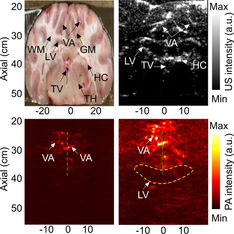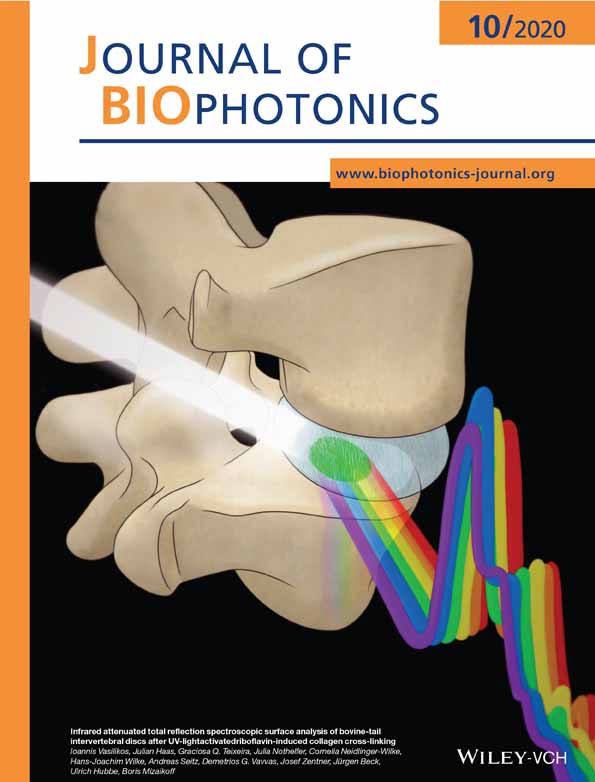Deep learning protocol for improved photoacoustic brain imaging
Funding information: National Institutes of Health, Grant/Award Numbers: R01EB027769-01, R01EB028661-01
Abstract
One of the key limitations for the clinical translation of photoacoustic imaging is penetration depth that is linked to the tissue maximum permissible exposures (MPE) recommended by the American National Standards Institute (ANSI). Here, we propose a method based on deep learning to virtually increase the MPE in order to enhance the signal-to-noise ratio of deep structures in the brain tissue. The proposed method is evaluated in an in vivo sheep brain imaging experiment. We believe this method can facilitate clinical translation of photoacoustic technique in brain imaging, especially in transfontanelle brain imaging in neonates.




